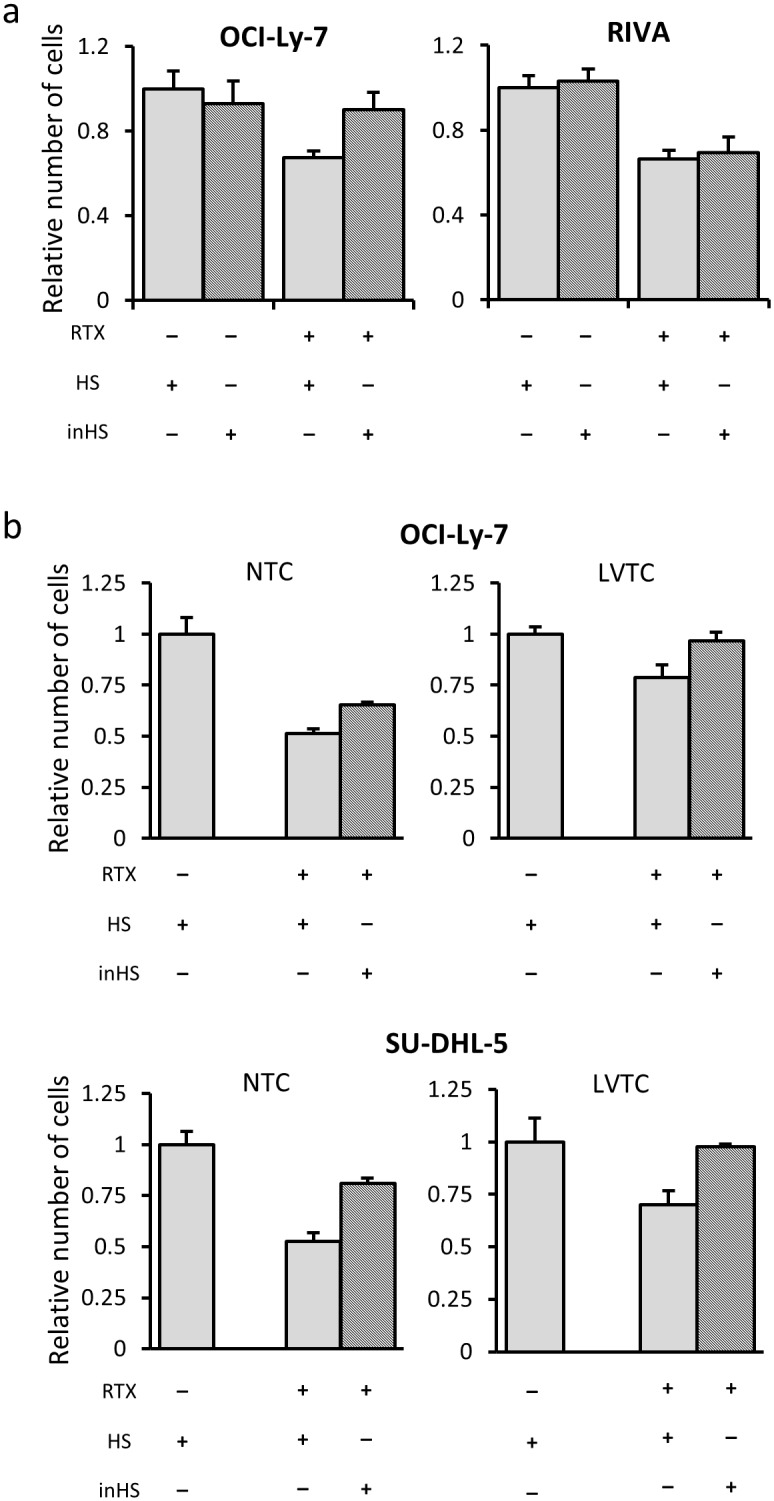Fig 3. Induced Rituximab tolerance of GCB-like cells by a complement-independent effect of lentiviral vector transduction.

(a) Increased tolerance to Rituximab (RTX) in GCB-like cells in the presence of complement relative to cells grown in the absence of complement. Treatment of cells with heat-inactivated human serum (inHS) showed that the apoptotic effect of Rituximab was independent of the complement system in RIVA (ABC-like) cells but not in OCI-Ly-7 (GCB-like) cells. (b) Relative survival rate of Rituximab-treated cells grown in human serum (HS) and inHS did not differ between nontransduced and lentivirally transduced cells. The number of OCI-Ly-7 and SU-DHL-5 cells was determined with and without lentiviral transduction in the absence or presence of active complement. For both GCB-like cell lines (OCI-Ly-7, SU-DHL-5) the relative increase in Rituximab tolerance was similar in NTC and LVTC groups, showing that protective effects of lentiviral transduction did not involve effects on CDC. Light gray and hatched columns represent cell numbers measured in the presence of HS and in the presence of inHS, respectively. The absolute number of cells was quantified by the trypan blue dye exclusion method after treatment with Rituximab and normalized to the number of untreated cells. The relative number of cells was used as a growth inhibition index showing the ratio of treated cells relative to the untreated control.
